Directed by Victor Saville
Starring Lana Turner, Van Heflin, Donna Reed, Richard Hart
* Published specifically for the Party Like It’s 1899 Blogathon hosted by Me. 😊 *
¤¤¤
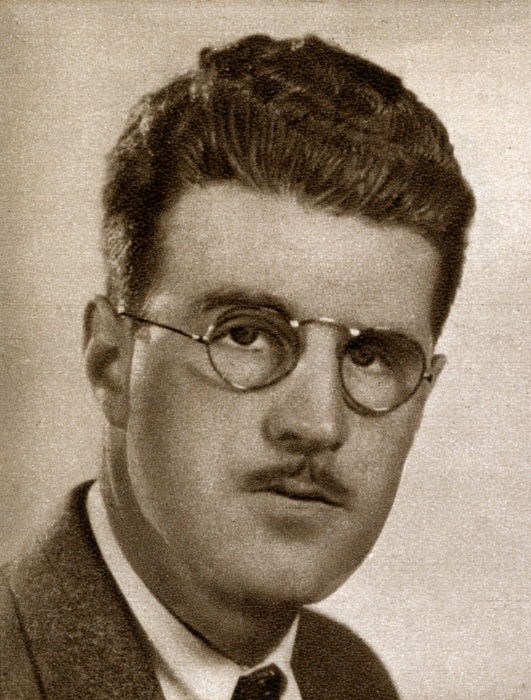
Douglas Graham Shearer, born 17 November 1899.
The choice to write about Green Dolphin Street just sort of fell in my lap. I knew that I wanted, in some capacity, to acknowledge Mr. Shearer for this blogathon.
My interest in Douglas Shearer began a few years ago when I made the connection between him and his very famous sister, Norma. After that, it seemed that his name lit up on MGM opening credits as if it were glowing on a marquee sign. As a matter of fact, Douglas’s name is listed on nearly every single MGM film that I have ever seen. He was nominated for over 20 Academy Awards and won 7 of them throughout his career. (He was also awarded an additional 7 non-competitive Technical and Scientific Academy Awards.) Two of these nominations – and 1 win – happened to be for Green Dolphin Street.
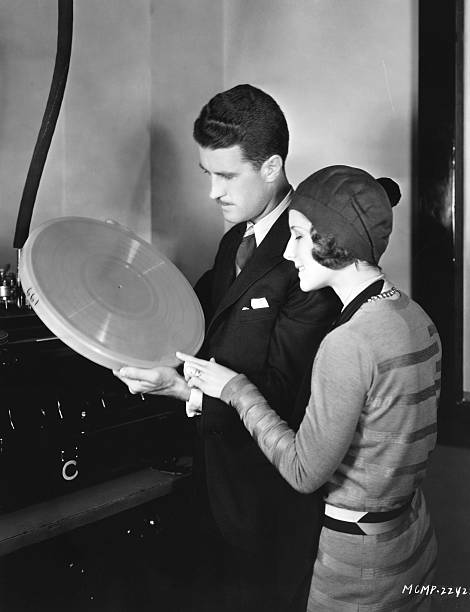


During his tenure at MGM, (Douglas) was involved in improving virtually every scientific and technical aspect of the motion picture business.* He escorted the studio into the world of talkies even at a time when “Boy Wonder” brother-in-law, and fellow 1899’er, Irving Thalberg was largely unimpressed by the transition. Between the years of 1929 and 1955, he was credited as the sound designer/director for 945 MGM films (including a number of Norma’s pictures, such as Marie Antoinette). He continued working for MGM until his retirement in 1968.
So, without further ado, let us discover more about the story and how Douglas Shearer’s touch brought it accolades.
¤
“You can no more separate love from hatred as you could separate the two sides of a coin. To possess one is to possess the other.”
A hundred years ago – the island of St. Pierre in the English Channel…
The island of St. Pierre, known today as Saint Peter Port, was bustling with maritime activity in the 1840s. Trade was abundant and ships from all around the world came into the port.
The Patourel family is the most prominent on the island thanks to their success in the shipping trade which has allowed them to amass significant wealth. Octavius Patourel (Edmund Gwenn) and his wife, Sophie (Gladys Cooper), have two beautiful teenage daughters: Marianne (Lana Turner) and Marguerite (Donna Reed). Marianne is the elder and has a personality that is as tough as nails. She is a natural enterpriser and wishes to take over her father’s shipping business when he retires, much to his dismay since he finds it more appropriate for her to settle into marriage. Marguerite, on the other hand, is a romantic dreamer who has not an ounce of pretentiousness. Although they have very different characters, the two sisters have a deep bond and sense of respect for one another.

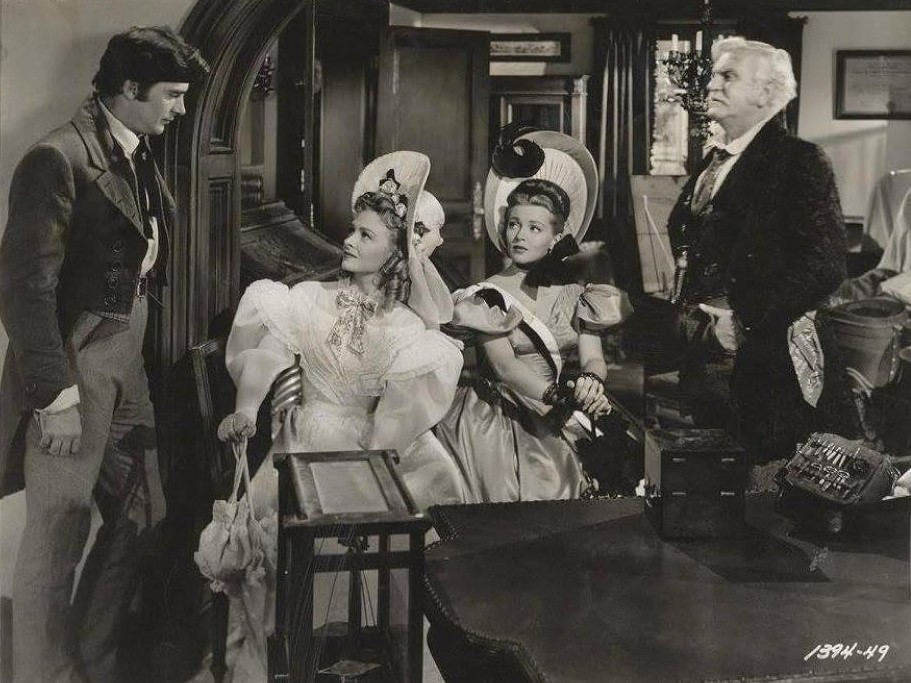
One day their lives are changed when Dr. Edmond Ozanne (Frank Morgan) and his son, William (Richard Hart), move into a house opposite theirs on the corner of Green Dolphin Street. The two girls are immediately smitten with young William with both secretly vying for his affection despite him having a lower social status than them. Marianne plots to get her father to financially support William so that he can join the Royal Navy and become an officer, thereby earning him the status of “a gentleman”. This social boost would make him a suitable husband although for Marguerite, William is perfect just as he is.

Meanwhile, we observe different activity in the port. Timothy Halsam (Van Heflin), a local merchant, takes a fancy to Marianne but only acts on his feelings by anonymously sending her flowers. Although it is not explained outright, it is revealed that Timothy is unhappily married and that his wife knows about the emotional torch he holds for Marianne. Her jealously provokes a fight between her brother and Timothy which tragically ends when her brother is killed. In order to evade the police, Timothy boards a vessel docked nearby aptly named the Green Dolphin, manned by Captain O’Hara (Reginald Owen). They set sail for New Zealand.

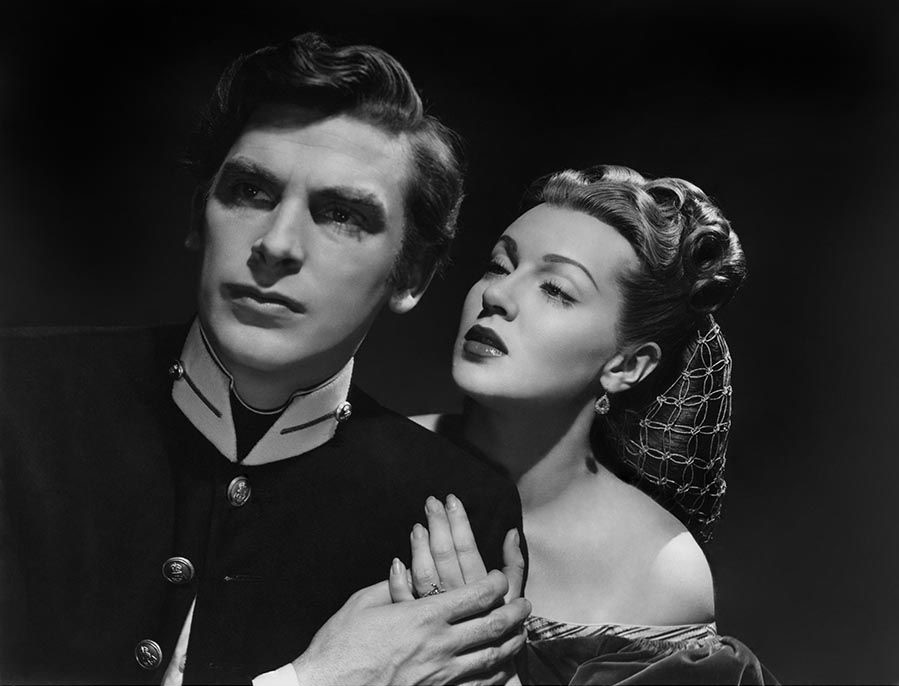

Years later, William and Timothy’s lives will become intertwined in this other New World south of the equator. They become business partners and find profitable success in the lumber industry. Although William has not been in contact with anyone in St. Pierre for a few years, he drunkenly writes a letter to the Patourels asking for Marianne’s hand in marriage. He will not become aware of his mistake until 6 months later (approximately 172 days at sea) when Marianne, not Marguerite, arrives in New Zealand. Embarrassed by the situation, Timothy urges William to marry Marianne out of pity and convenience. William complies but remains hesitant towards Marianne throughout the early years of the marriage. Marguerite is left to put the pieces of her life back together. She is eventually guided on her path by Mother Superior (Dame May Whitty).
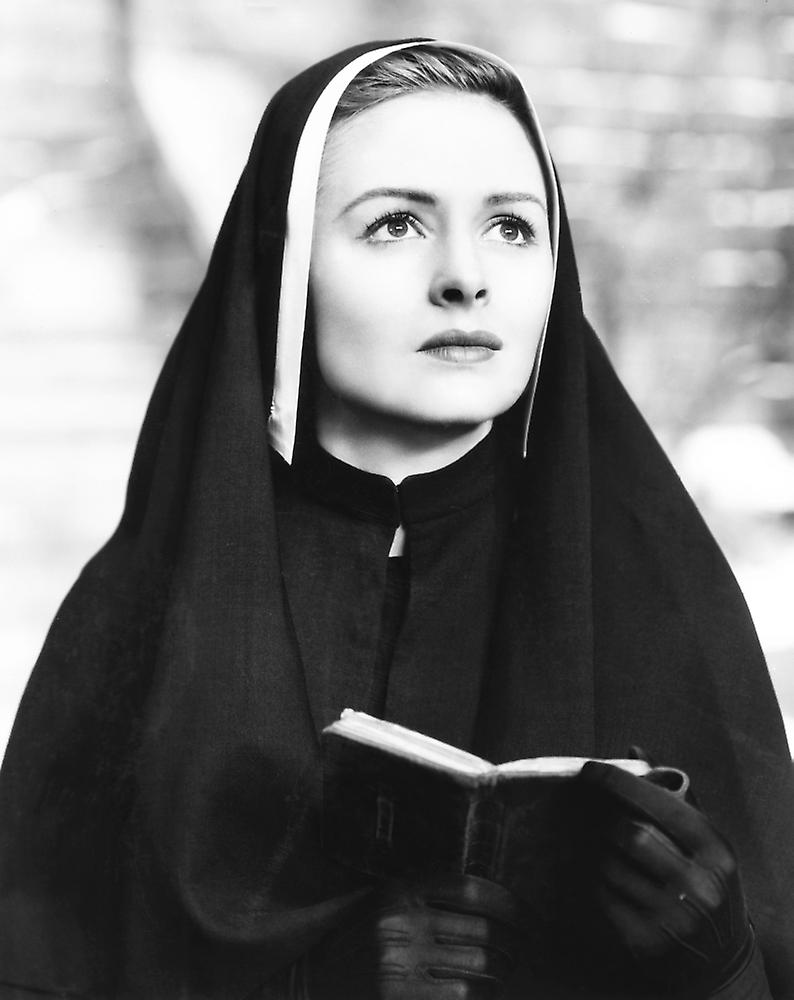
¤
If the plot seems a bit choppy, this is perfectly normal. As usual, I do not wish to outright spoil the film for those who have not seen it by giving an overly detailed synopsis. In addition to this, the story itself is both layered and complicated, making it difficult to summarise. With the added melodrama, the whole thing can start to get a bit sudsy!
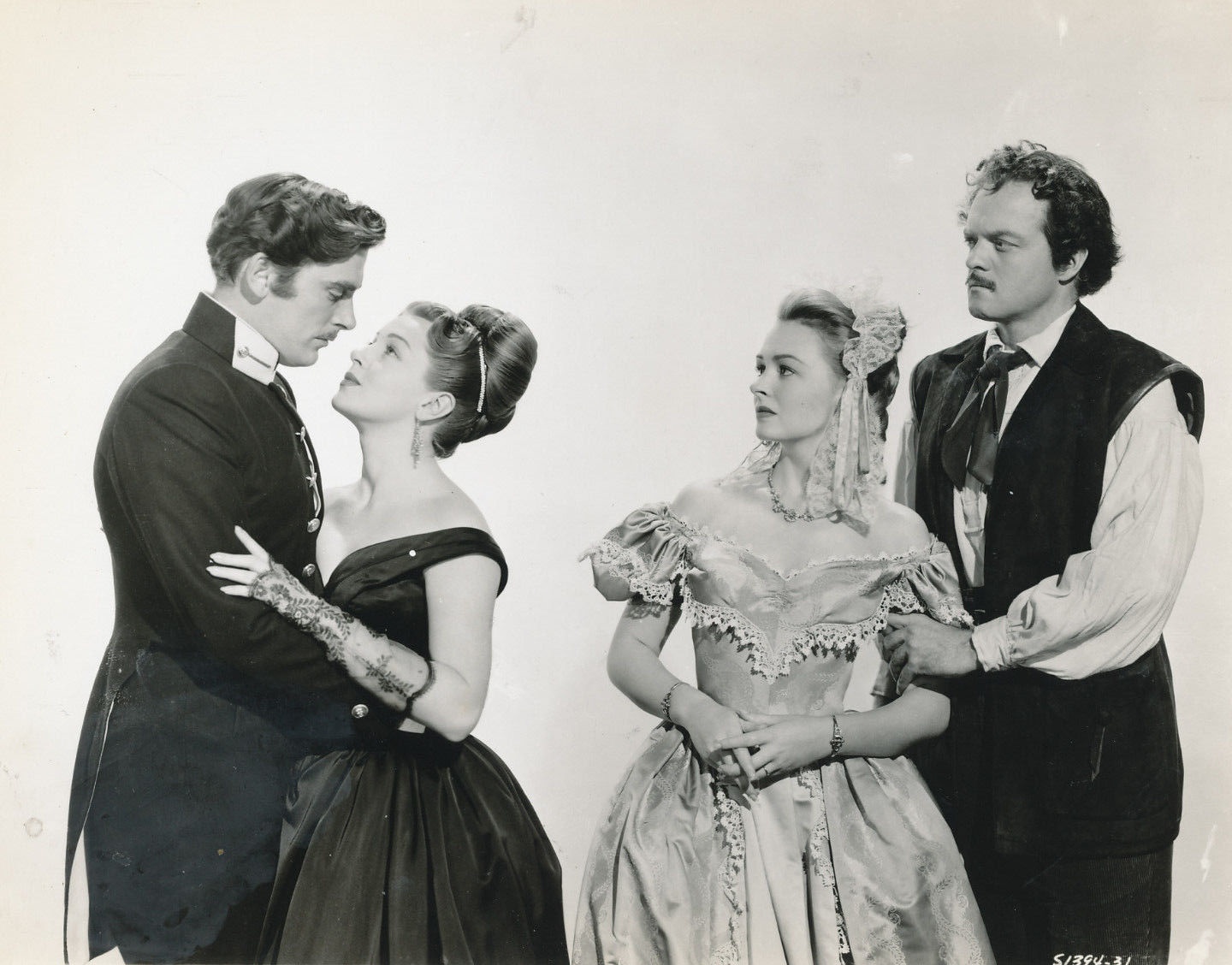

One of the funnest parts of writing about films is discovering (cheesy) promotional photos.
That being said, I really enjoyed Green Dolphin Street and not once did I lose interest in the story. The most captivating aspect of the film is a commanding, elite cast who makes everything come to life. I was most entranced by Frank Morgan who was just marvellous as Dr. Ozanne. As a young man, he endured harsh social rejection which cost him a lifetime of happiness with his true love. When he eventually did get married, he lost his wife as she was birthing their son. One would never guess that Dr. Ozanne had been dealt such hardships because he was a kind-hearted, open-minded fellow who was very much at peace. Still, there is a part of me that wishes that he had not been so alone.

A strong cast will not automatically guarantee a film’s success but, in this case, the casting department got everything right. Each player was well-suited to their character and delivered top quality performances. My one regret is that some of the players were underused in the development of the story and as a result received less screentime. Van Heflin and Donna Reed should definitely had been more prominently featured. Heflin’s Timothy was unfortunately a third-wheel type character throughout the duration of his on-screen presence. I kept hoping that he and Marianne would end up together. Heflin and Turner had amazing chemistry! As for Reed, her Marguerite got the short end of the stick. Not only did she lose her love, she also had to bear the weight of her parents’ back-to-back deaths without any familial support. She turned to a nunnery for guidance and eventually got back on track but the choice for her to become a nun is indeed controversial, at least in the film version. One is left rather unconvinced of her spiritual transformation and her complete forgiveness of the William/Marianne situation.

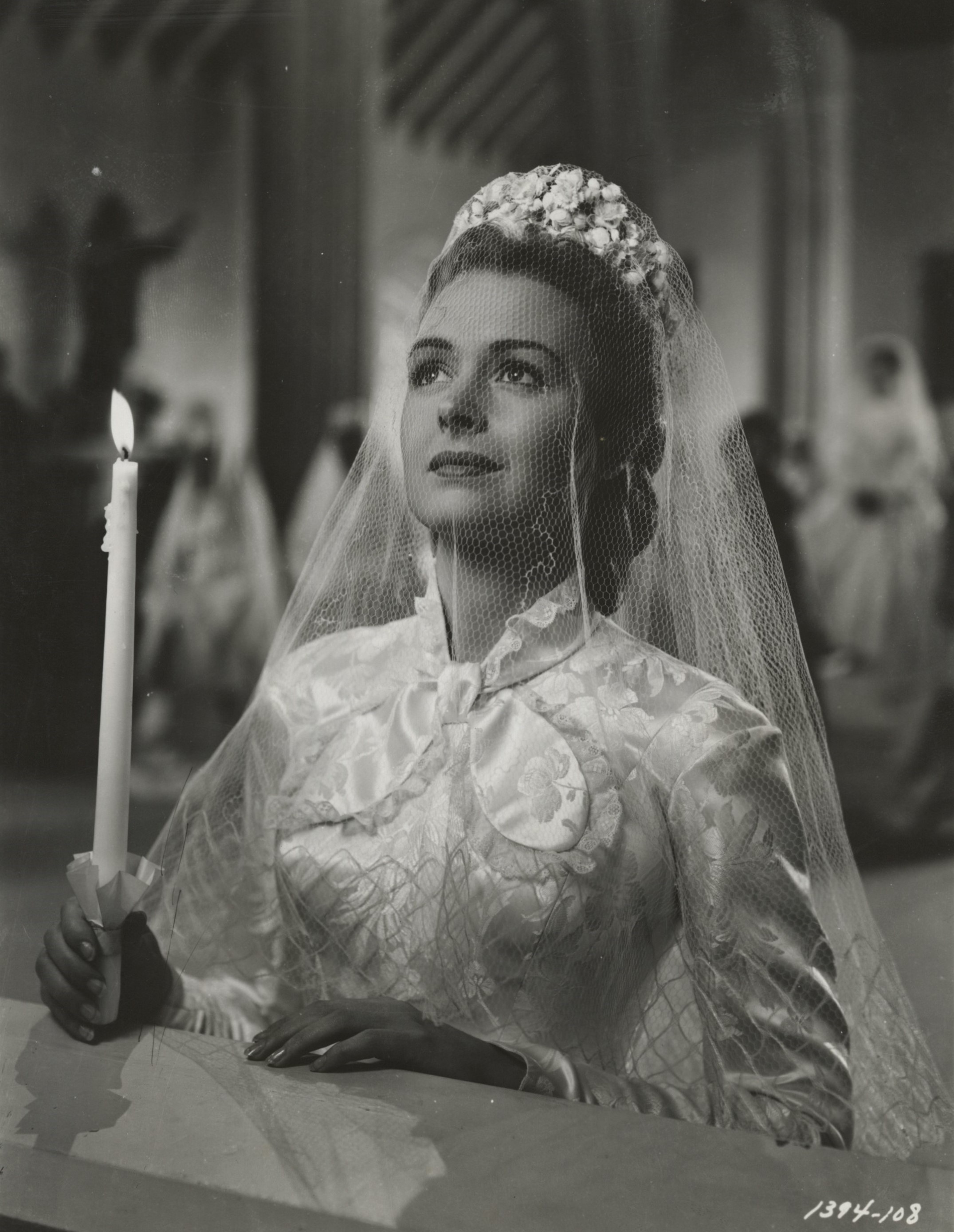
Marianne and Marguerite on their respective wedding days.
¤
In 1943, MGM cooked up the idea of creating a contest to find the best book of the year* that could, in turn, be adapted into a motion picture. The inaugural winner was the English novel Green Dolphin Country which was published in 1944. A significant amount of attention went into writing the screenplay and planning for production costs. The project, renamed Green Dolphin Street, did not get off the ground right away, however, and took over three years to make it to the big screen. When it premiered, MGM certainly had high hopes for the film’s success despite the unusually large budget it required to make. They also undoubtedly felt pressure to outdo rival studio Twentieth Century Fox who released their epic Forever Amber on the very same day (nationwide). Green Dolphin Street proved more popular with audiences than Forever Amber although both films would be considered financial failures for their respective studios as they failed to make any profit.
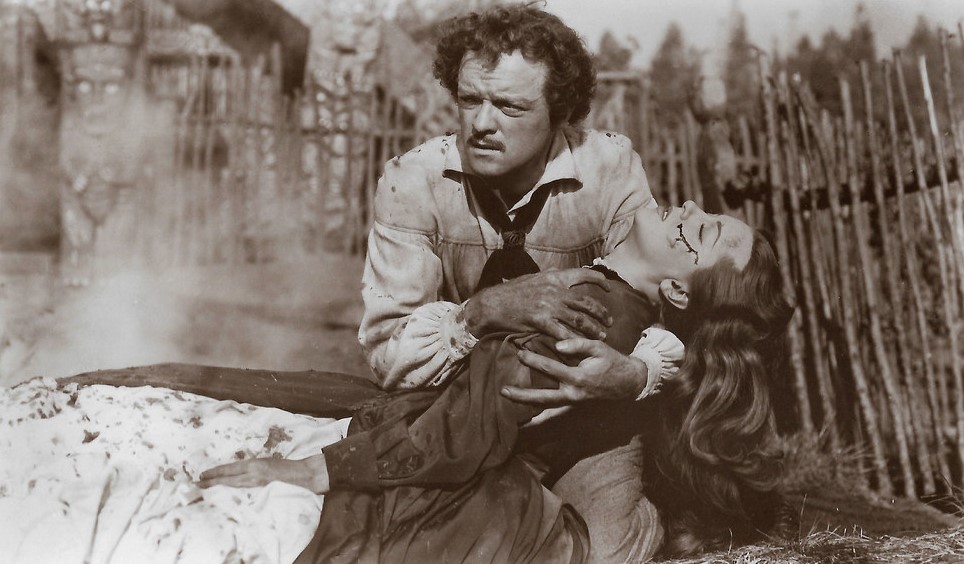
A part of the reason why the budget for Green Dolphin Street was so inflated was due to elaborate special effects. The special effects team wanted to get everything just right for the dramatic earthquake scene. This was achieved both in the studio using miniatures as well as outdoors using the magic of nature. Particular attention was given to visual and sound effects which led to the film being nominated for two Academy Awards: Best Visual Effects and Best Sound. Douglas Shearer did not end up winning the latter for his work and one could argue that he was “robbed” of the prize considering that he lost to Samuel Goldwyn’s The Bishop’s Wife, a simple romantic comedy. (Perhaps this was done to correct the previous year’s gaffe of denying Goldwyn the award for his masterpiece, The Best Years of Our Lives. But I digress.)
Despite being empty-handed for his work on Green Dolphin Street, Douglas Shearer would win the Best Sound award for 1951’s The Great Caruso. It would mark the last Academy Award nomination/win of his career. Personally, I am not a great believer in comparing the number of honours given in determining the overall quality of a person. Many of my favourite Old Hollywood players were never once an Oscar winner or even given the iota of attention they deserved. To measure the longevity of Mr. Shearer’s career is proof enough of his contribution to the industry. (Again, another digression, but how in the world did Douglas not win in the Best Special Effects category for 1939’s The Wizard of Oz?)


¤¤¤



I had heard of Green dolphin Street, but really didn’t know anything about it. Thanks to your great review, erica, I think I need to put it on my list! Especially because of that cast!
LikeLiked by 1 person
I appreciate your kind words, John! Thanks for taking the time to read my work. 😀
It’s definitely worth the watch. I am sometimes on the fence about Lana Turner but she was really good in this. She also looked fantastic as a natural brunette!
LikeLiked by 1 person
Great piece, Erica. I’ve heard of this one but never seen it, but it sounds and looks as though it would be right up my street.
Thanks also for shining a spotlight on Douglas. I think it’s a real shame that Douglas and Norma’s sister Athole struggled with her mental health and didn’t go on to become as big in the industry as they did.
Maddy
LikeLiked by 1 person
Ta very much, my dear Maddy. I think you would definitely love this one. The “romance that got away” theme is always a bit of a tough one because it can leave you feeling very unsatisfied. However, the writers tried to conclude this the best the could (on a few levels, at that). Perhaps Donna should have run off with Van! 😀
I was so glad to be able to talk about Douglas. There is so little information about him readily available. Yes, the mental illness factor seemed to run in the Shearer family, from their father’s side. So very sad. I think Norma’s children tried to live the best lives that they could considering everything. Athole deserved much better treatment from Howard Hawks, that’s for sure. They were a talented bunch, for sure. I think I’m going to whip out Norma’s autobiography and read a little more about the family again since some time has gone by since the last time I read it.
Happy New Year to you, my friend. 🙂
LikeLike
Enjoyed your piece so much, Erica. My smile brightened wide when I saw your write-up highlighted GREEN DOLPHIN STREET! I’ve wanted to do a discussion on this film for such a long time, but never seem to find the time. It’s been a long, long, longtime favorite of mine and a film I rarely see mentioned much.
(And I completely agree that Heflin and Reed should have been featured more onscreen and about Reed’s “Marguerite” ending in the film. (It has never set well with me, always feeling it a poor substitute (sorry to say that out loud) to what her life could have been. I am not unconvinced either of her storyline’s ending in the film).
Thank you for this piece, Erica. And thank you for hosting this blogathon!
Happy New Year!
LikeLike
I’ve never heard of this film, but it looks very interesting. Thanks again for hosting the blogathon–it was a blast!
LikeLike
I don’t know how this post got past me, Erica, but I’m so glad I saw it today! I have tried several times to watch Green Dolphin Street, but I just couldn’t get into it. I even saw it on the Watch TCM app no long ago when I was looking for a movie to watch, and when I saw it listed, I went right on past. But your post has made me determined to give it another try, and stick with it. Thank you!
— Karen
LikeLike